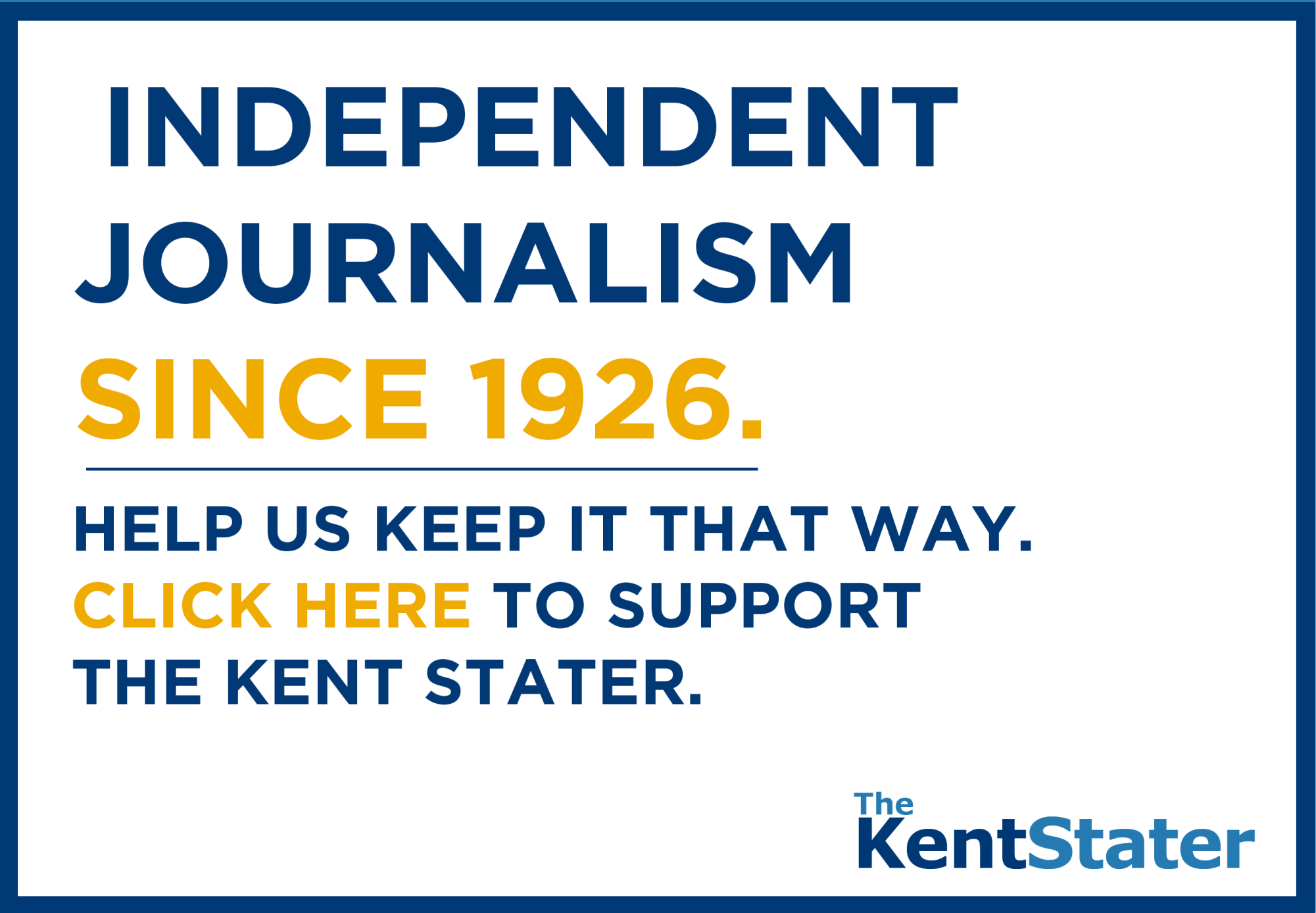Working women top men in certain jobs
March 15, 2006
Women controlled half of all management and professional occupations in 2004, according to information published by the Bureau of Labor Statistics in a databook.
Vicky Lovell, study director for the Institute for Women’s Policy Research, said women make more money than men in occupations such as receptionists and information clerks, computer operators, mail clerks and mail machine operators.
In jobs deemed traditional for women, such as nursing, men actually make more than women, Lovell said.
A recent article by Jeanne Sahadi on CNNMoney.com listed 39 jobs in which women make more than men. The top jobs included sales engineers, statisticians, legislators and speech-language pathologists.
Kate C. Farrar, associate director of National Programs and Policy of Wider Opportunities for Women, said these occupational figures don’t take into account how many women actually are in these categories.
“Many of these jobs are ‘non-traditional’ for women, meaning they are jobs in which they, as women, make up less than 25 percent of the total number of workers,” Farrar said.
Farrar added that between 1988 and 2004 the number of women in non-traditional jobs remained stable, around 3 percent of the total number of employees.
Although the salaries in these occupations top those of men, Farrar said it’s important for a woman to consider whether these amounts are able to fulfill her needs.
“Just because she makes more than a man in the occupation does not mean that the occupation is actually paying a self-sufficient wage to support herself and possibly her family,” Farrar said.
Lovell said a woman’s work schedule often conflicts with household duties.
“Sometimes the demand for work hours is excessive and hard to fit in with raising a family,” Lovell said.
Lovell said a profitable job for women is being a pharmacist. She also said 44 percent of pharmacists are females.
Computer-related occupations pay fairly well for women as well, Lovell said.
Women’s salaries still are behind men with full-time working women receiving (on average) only 77 cents for each dollar full-time working men are paid, Farrar said.
Farrar said this is a conservative estimate that doesn’t take all factors into consideration.
“Women in their prime earning ages between 26 and 59 years old make only 38 percent of what men earn if part-time work and years out of the workforce due to family care are taken into account,” Farrar said.
Farrar said for college graduates of the year 2000, the wage gap for young men and women with similar credentials was 31 percent.
Farrar said she believes women have made an improvement in the workforce by increasing education and employment and narrowing the wage gap.
On the other hand, Farrar said many challenges remain for women, such as balancing work with life, getting high-wage jobs and dealing with discrimination.
“These all impact the reality of women’s equality of economic independence,” Farrar said.
Additionally, Farrar said she believes the changes made during the past 30 years have been a result of societal efforts to empower women.
Farrar added discrimination is a big problem in today’s workplace.
“There continues to be the need for awareness and action around discrimination, be that discrimination in hiring, firing or promotion.” Farrar said.
Lovell added occupations are catered toward a specific gender.
“There’s such a strong occupational segregation between men and women,” Lovell said.
Farrar said there are many necessary components in order for a woman to be economically independent and thrive in society.
“There must not only be personal opportunity, but the policies and funding support and investment in education, job training, career advancement and work flexibility initiatives,” Farrar said.
Contact features correspondent Nedda Pourahmady at [email protected].












